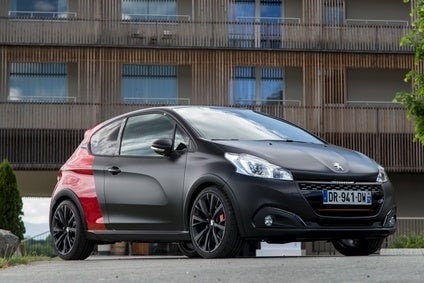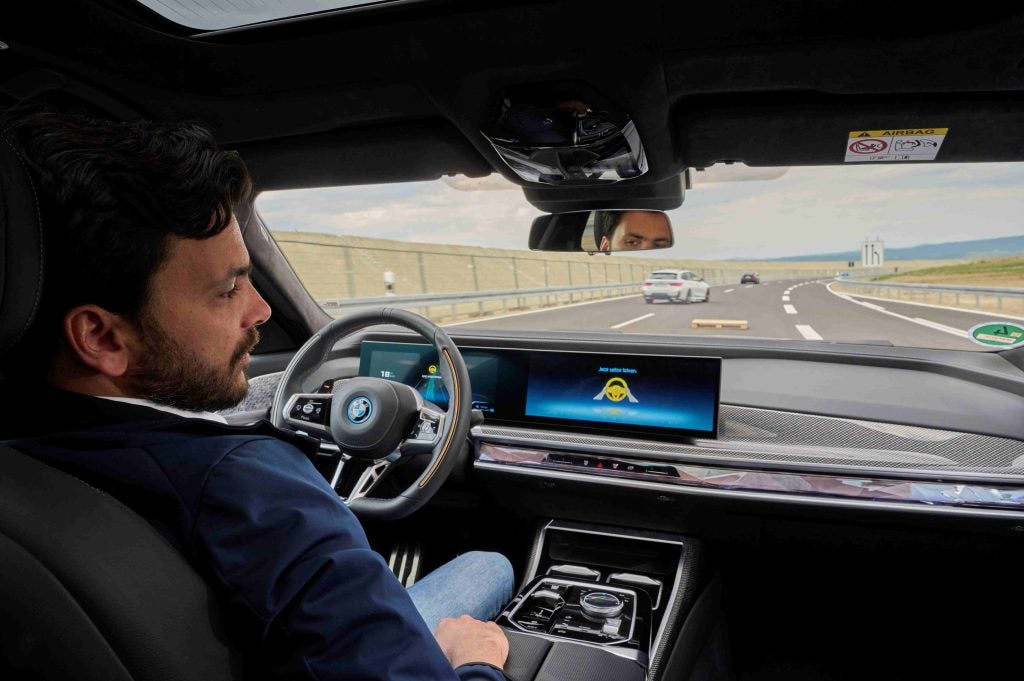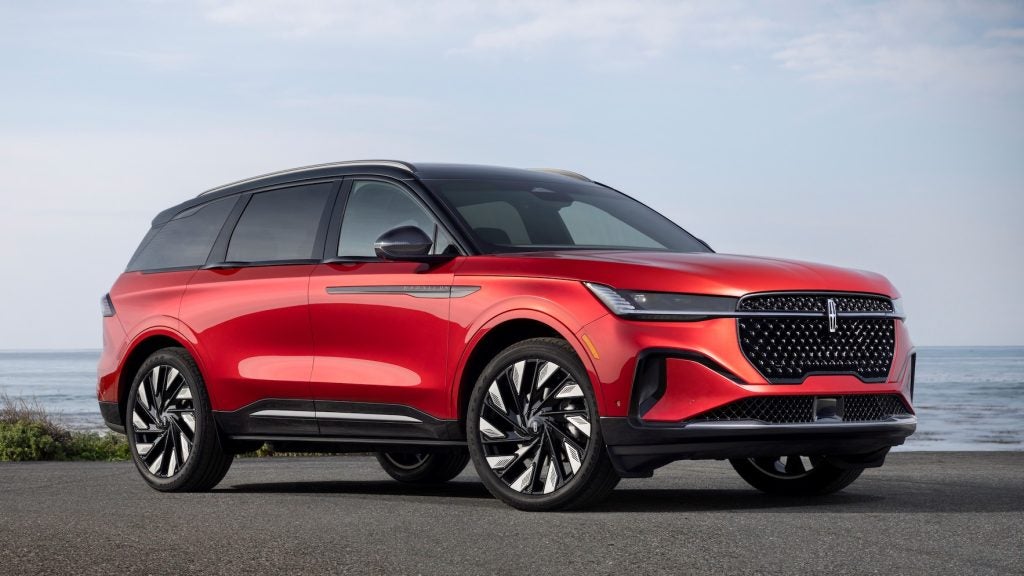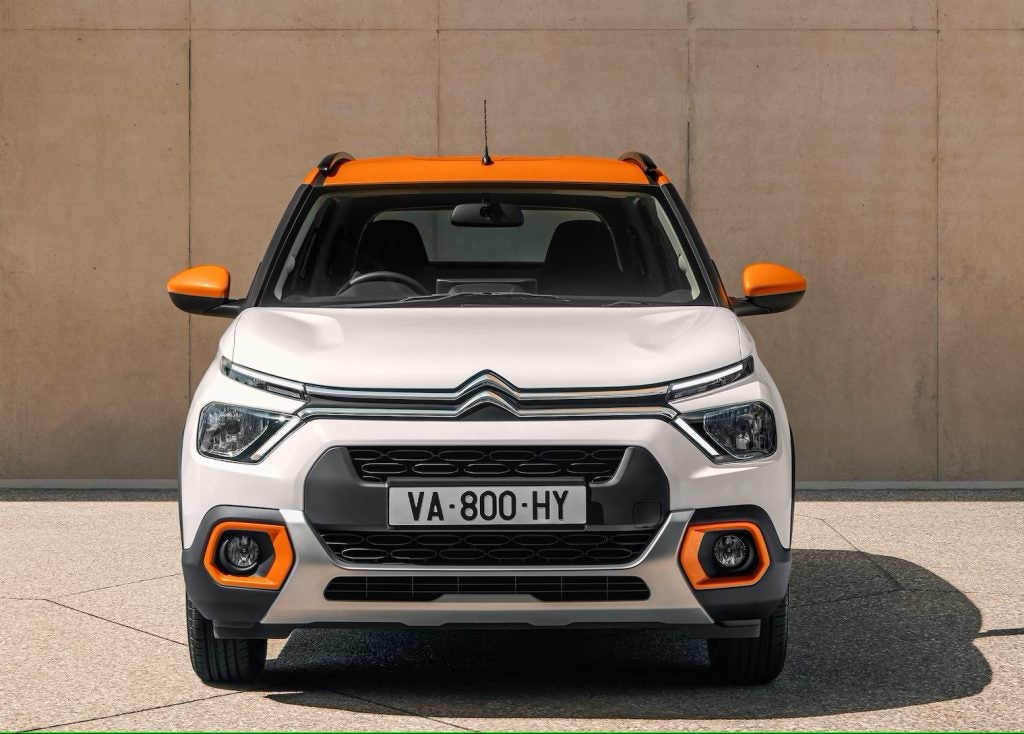
DS is PSA’s luxury brand, Citroen a quirky-mainstream marque, leaving Peugeot to be an alternative to Volkswagen. That’s the theory. Where does the 208 GTi fit in then? There’s new thinking here too: it’s now part of the by Peugeot Sport sub-brand.
Sceptics will righty point out that DS has been a disappointment, especially in China. Sales were down by 33% in August, the most recent month for which numbers are available, but up 6% for the year to date, to 14,123 vehicles. By contrast, the brand is a big success in Britain with 4,549 registrations YtD, of which 2,584 were notched up in September. Remember it’s only been a separate division here for a few months. As for Citroen, its numbers are down by 12% over the first nine months but add DS, as I did, and you come up with 70,887 compared to 66,542 for the first three quarters of 2014. And Peugeot? Its 1 January-30 September 2015 registrations number 84,593 compared to 85,418 so a dip of 1%.
Brands which have an inferior image to those which we used to accurately call the premium ones are mostly in decline so in that context it would be unfair to single out Peugeot. Ford sales were up by just 1% in September, Vauxhall’s by 6% and Volkswagen by 4% while the average was 9%. Given their market shares, neither Audi, nor BMW nor Mercedes-Benz could be termed an aspirational brand in Britain – they are mass market and have been for some years, truth be told. So, if you think about it, perhaps a Peugeot should be thought of as being a more exclusive proposition than an Audi?
Given the background set out above, there does seem to be an opportunity for the likes of Peugeot Sport, so it’s no surprise that others are seeing this too. Ford is making a big fuss about the RS Focus and as it has 1500 orders for this pricey-quick C segment hatchback, that’s justified, Honda is hoping the Civic Type R will help it to rebuild across Europe and Hyundai will soon be launching its own equivalent of Volkswagen’s GTI and PSA’s by Peugeot Sport cars.
The newly updated 208 GTi will soon be joined by the 308 GTi, another model which joins the high-priced/high-performance Peugeot family. At the moment, there’s no equivalent in the 108 range but expect GTI by Peugeot Sport to become more prevalent as a way for PSA to begin lifting margins.
Since Dave Leggett last wrote about this car, it’s had a mid-life facelift and various engineering updates, which means tweaked styling that includes 3D tail lights meant to remind you of a lion’s claws, Euro 6 engines and the availability of an automatic sub-20mph braking system called Active City Brake.
How well do you really know your competitors?
Access the most comprehensive Company Profiles on the market, powered by GlobalData. Save hours of research. Gain competitive edge.

Thank you!
Your download email will arrive shortly
Not ready to buy yet? Download a free sample
We are confident about the unique quality of our Company Profiles. However, we want you to make the most beneficial decision for your business, so we offer a free sample that you can download by submitting the below form
By GlobalDataThe GTi differs from other 208s by having a lower ride height, wider tracks, 19-inch wheels, matt black exterior touches, Recaro-style seats, red floor matts and, most striking of all, on the test car, optional (GBP945) two-tone paint. I thought this was a wrap and only by looking very closely could I tell it’s not. The robots which spray this car are very clever beings indeed.
GTi by Peugeot Sport cars are come with Brembo front brakes, a Torsen differential and suspension settings/steering/Michelin Pilot Super Sport tyres that have been tuned for optimum grip and handling.
Even though drive is to the front axle only, the trick diff keeps the tyres from losing traction. Power is 208hp, and torque is 300Nm while the engine itself is a turbocharged 1,598cc four-cylinder unit. Zero to 62mph takes 6.5 seconds, top speed is 143mph, the CO2 average is 125g/km and the Combined fuel consumption is 52.3mpg.
People seem to either love or hate Peugeot’s so-called i-Cockpit steering position. I’m in the former camp. The low-mounted, thick-rimmed steering wheel has an unusually small circumference and does give the 208 a real sports car feel. Like an MX-5 but without having to slide in and out.
Something unusual is the ability to set the instrument lighting to be like the old Saab black panel: all you see is the speedo and tacho as the fuel and temperature gauges as well as the infotainment screen go dark.
Despite its size, the three-door 208 is surprisingly roomy. A six foot two friend professed himself comfortable in the back though it wasn’t that long a journey, but still, he had enough head room, which wouldn’t have been the case in many rival B-segment hatchbacks.
The engine is one of the many great things about this car. There’s never even a hint of turbo lag, it sounds great and torque is abundant. The six-speed manual shift is close to class best too, which is lucky, as unusually, there is no automatic option. Not even a dual clutch gearbox.
Prices for the 208 GTi start at GBP19,145, and rise to GBP19,995 (GTi Prestige) or as high as GBP21,995 (GTi by Peugeot Sport).
Next generation 208
The Citroen C3 replacement had been expected to be the first car to use the ‘upgraded low CO2 small car platform for Europe and other regions’ which GM and PSA announced they were developing in October 2012. The next Peugeot 208, DS 3 and Opel/Vauxhall Adam should also have used this architecture. However, in October 2013, PSA said the “B-common platform project is under review” but provided no other details.
K-T Neumann, the head of Opel-Vauxhall, stated in an interview in March 2014 that the division would not be collaborating with PSA on what had previously been termed a ‘B-Common’ architecture. This means PSA is now going its own way, its engineers now busy evolving this into an ‘EMP1′ platform. Opel/Vauxhall will use General Motors’ G2XX architecture for the second generation Adam and other future B segment models.
When will we see the second generation 208? That should be in 2018, with build to again take place in France (Poissy), Trnava (Slovakia) and eventually, Porto Real (Brazil).







